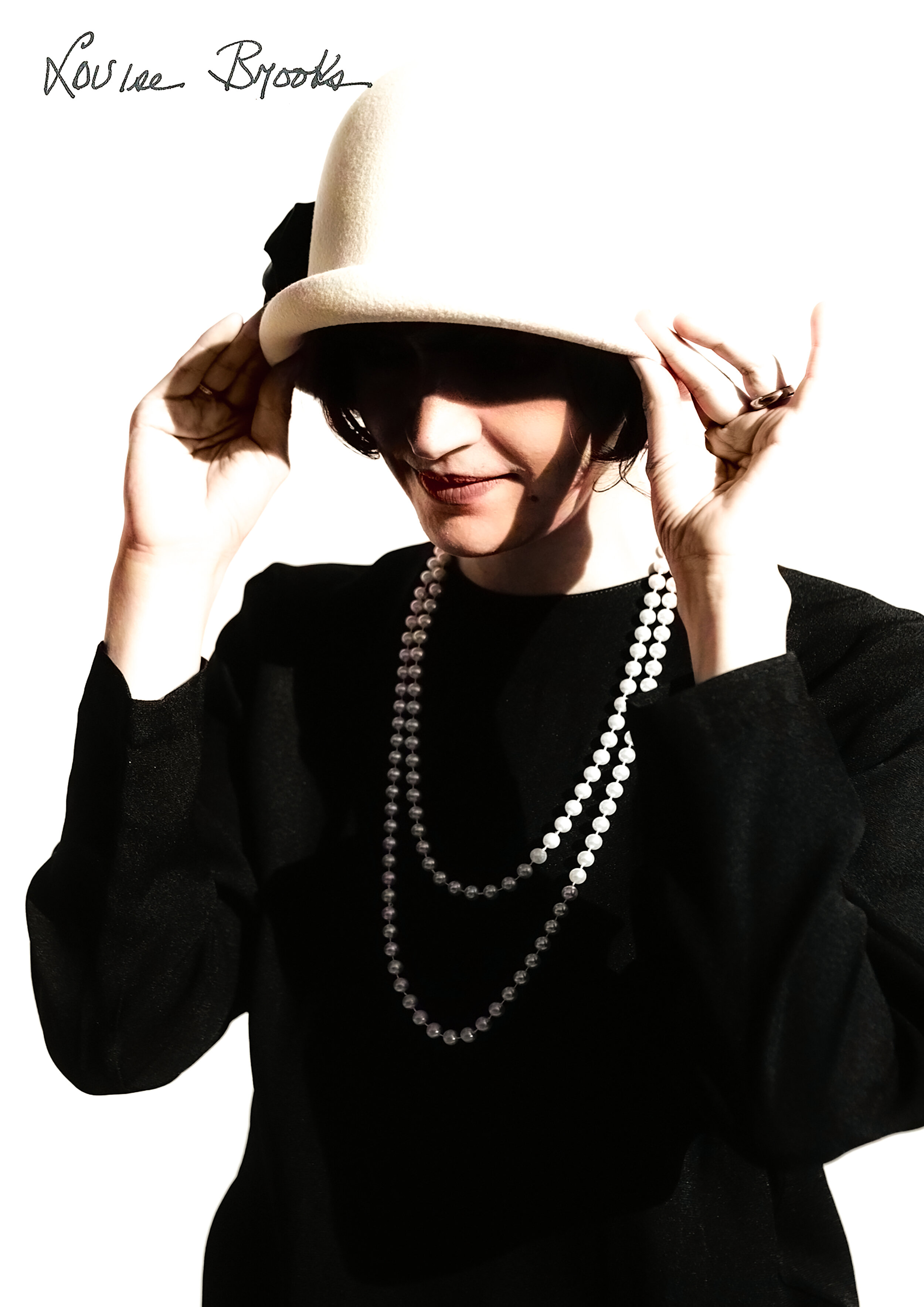Louise Books
Louise Brooks was an American actress and dancer who rose to fame during the silent film era of the 1920s. Although her career was relatively short-lived, she left an indelible mark on the film industry and remains an icon of the flapper era to this day.
Early Life and Career
Born in Cherryvale, Kansas in 1906, Louise Brooks began her career as a dancer with the Denishawn modern dance company in Los Angeles. She eventually moved to New York City and began working as a chorus girl on Broadway, where she was spotted by film director Howard Hawks. He cast her in her first film role in 1925, in the silent film "The Street of Forgotten Men."
Over the next few years, Brooks appeared in a number of films, including "A Social Celebrity," "Love 'Em and Leave 'Em," and "Beggars of Life." But it was her role in the 1928 film "Pandora's Box" that cemented her status as a Hollywood icon. In the film, Brooks played the character of Lulu, a seductive and amoral woman who becomes the object of desire for a number of men. The film was controversial for its frank depiction of sexuality and was banned in several countries.
Iconic Status
Despite the controversy surrounding "Pandora's Box," it was a critical success and helped to solidify Brooks' status as a Hollywood icon. Her trademark bobbed haircut and smoky eye makeup became emblematic of the flapper era, and she was admired for her beauty, wit, and independent spirit. Brooks was also known for her sharp tongue and was never afraid to speak her mind, which only added to her allure.
In addition to her film work, Brooks also became a popular subject for photographers and artists. She posed for numerous portraits and was the inspiration for a number of paintings and sculptures. One of the most famous depictions of Brooks is the bronze sculpture "Louise Brooks as Lulu" by German artist Rudolf Belling, which was created in 1928.
Downfall and Legacy
Despite her initial success, Brooks' career began to falter in the early 1930s. She clashed with Hollywood executives and was notorious for her unprofessional behavior on set. She also struggled with alcoholism and suffered from depression. By the mid-1930s, Brooks had left Hollywood and was living in New York City, where she worked as a radio host and occasional actress.
It wasn't until the 1950s that Brooks' career began to experience a resurgence. Film historians and critics began to revisit her earlier work and recognized her as a groundbreaking actress who had pushed the boundaries of what was acceptable onscreen. In 1955, French film critic Henri Langlois invited Brooks to attend a screening of "Pandora's Box" at the Cinémathèque Française in Paris, which helped to further solidify her status as a Hollywood icon.
Louise Brooks is remembered today as a cultural icon who was ahead of her time. Her signature bob haircut and her iconic performances in silent films have made her a beloved figure in Hollywood history. In addition to her acting career, Brooks was a writer and a free spirit who defied social norms and lived life on her own terms. Her legacy has had a lasting impact on Hollywood and on popular culture.
Brooks has influenced a number of filmmakers, actors, and artists over the years. One of her most famous admirers was the French director Henri Langlois, who helped to preserve many of her films in the Cinémathèque Française. Other filmmakers who have cited Brooks as an influence include Martin Scorsese, who has said that he was inspired by her performance in "Pandora's Box," and David Lynch, who has cited her as an inspiration for his film "Blue Velvet."
Actresses who have been inspired by Brooks include Madonna, who has said that she was drawn to Brooks' rebellious spirit, and Winona Ryder, who has cited her as a style icon. In the world of fashion, designers such as Jean Paul Gaultier and Marc Jacobs have also been influenced by Brooks' signature look.
In addition to her impact on film and fashion, Brooks has also inspired writers and artists. The writer Joyce Carol Oates has written about Brooks in her novel "Blonde," which imagines the life of Marilyn Monroe. The artist Cindy Sherman has created a series of photographs that pay tribute to Brooks' iconic look and her role in Hollywood history.
Overall, Louise Brooks' legacy as a cultural icon continues to inspire and influence artists and creatives in a variety of fields. Her fearless spirit, her unique style, and her groundbreaking performances have cemented her place in Hollywood history and in popular culture.



